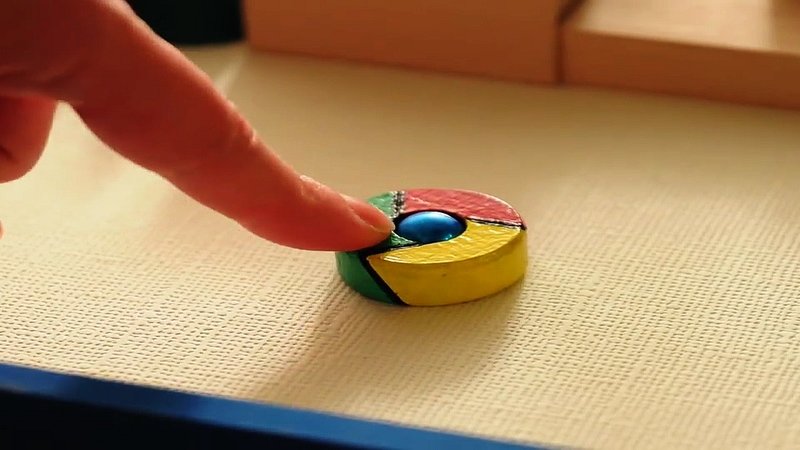
26 days past the since the beginning of this year, Google introduced the first major update of the Google Chrome app. The most awaited Chrome 64 update with features such as redirect blocking feature is finally out. It comes with a surprise though. The search engine firm didn’t enable this auto-redirect blocking option by default. Other notable additions include white navigation bar and new APIs for developers to use.
If you are a regular user of internet, then you must have noticed that some websites redirect you to other random sites without your consent. In most of the cases, this happens when you view any fake virus warning ad. It is due to the malicious ads breaking out their frame and forcing the users to redirect to a page they want. These malicious ads have made their entry into almost every single AdSource networks available on the web.
To prevent this from happening in the Google Chrome browser, the company introduced a solution to block frames which will stop the redirecting to another page from the parent page on the browser level. The Google initially made the announcement regarding this feature back in the month of November. Now, in spite of the official announcement of this feature on the blog, it is not added by default in the browser.
On Android Oreo 8.0, the Google has been switching the navigation bars of some of its apps to white. Though the company seems to like only the white navigation bar, I personally like the navigation bar to change according to the colors of the webpage.
Other Important Features of Google Chrome 64 include:
- The Media Capabilities API, which allows sites to determine what media codecs and formats your browser works with, is now supported in Chrome.
- Sites can now determine if you have Data Saver enabled with the new saveData JavaScript boolean. This is expected to be enabled by default in Chrome 65, but for now, it only works if you enable the flag.
- Chrome now shows native notifications on Linux, similar to notifications on macOS.
- The ResizeObserver API is now supported.
- JavaScript alerts can no longer change the tab you are viewing.
- Chrome now supports HDR video playback on Windows 10 (as long as Windows is in HDR mode).
- Autoplay behavior is now identical across desktop and mobile. See this post for more details.
Is Google Chrome your default browser? Share us your views in the comments section below.
For more similar latest updates, stay tuned with our NEWS section.




